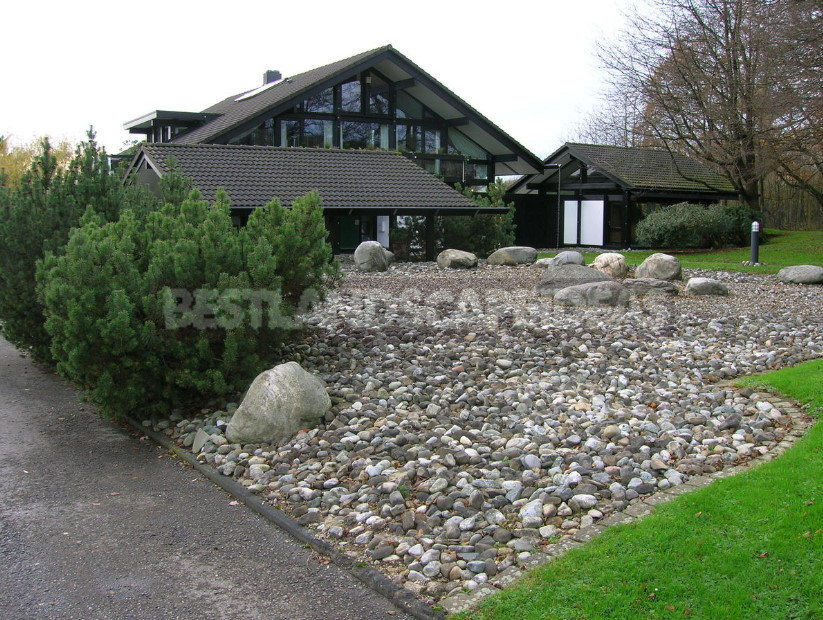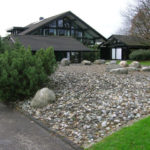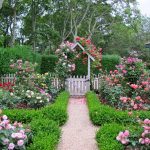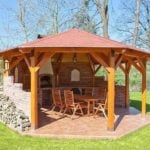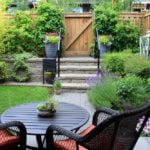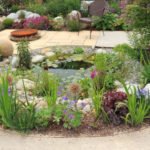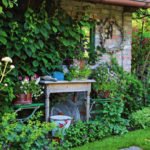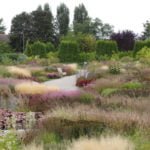After driving through the German gardens from South to North and from West to East, I came to the conclusion that naturgarten is no longer the dominant garden style. What is it, a modern private German garden? What happened to the natural garden? I will try to find answers to these questions.
So what is it-a German garden?
Even in the most practical solution (and the Germans are known for pragmatism!) they will always add a drop of romance. For example, choosing garden lamps, a typical German will always ask: why spend money on stationary lighting, if there is a Moon, and from less global luminaries – torches, solar lights and candles, which will also create a more intimate mood in the evening garden? Stationary light-well, at the entrance to the house it is necessary, but only with motion sensors. Such savings will justify the costs.
The love of comfort and rest pushes the Germans to the careful planning of their site under the motto “Minimum of worries-maximum of pleasure”.
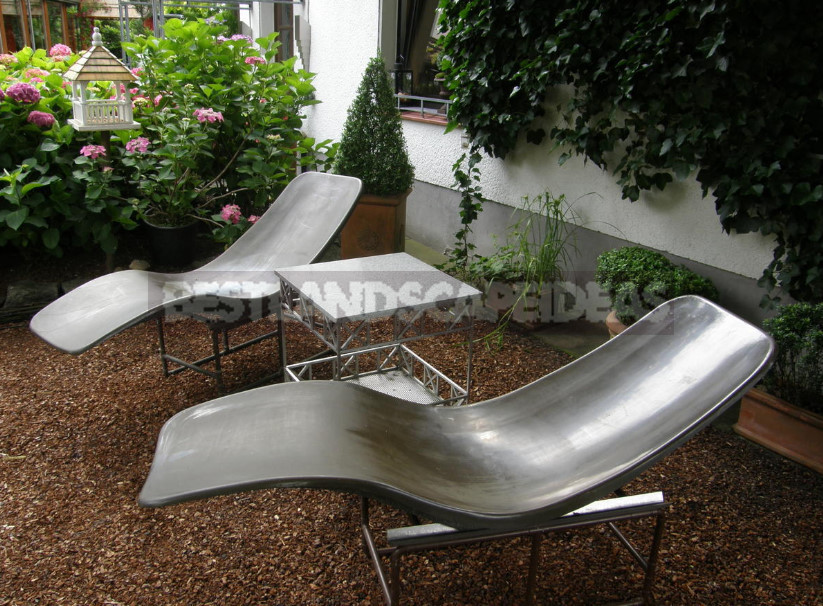
This approach dictates a certain structure of the garden: usually it is a large lawn or paving area, the size of superior planting area, sometimes with tapeworm, sometimes without. Indeed, fewer plants means less work.
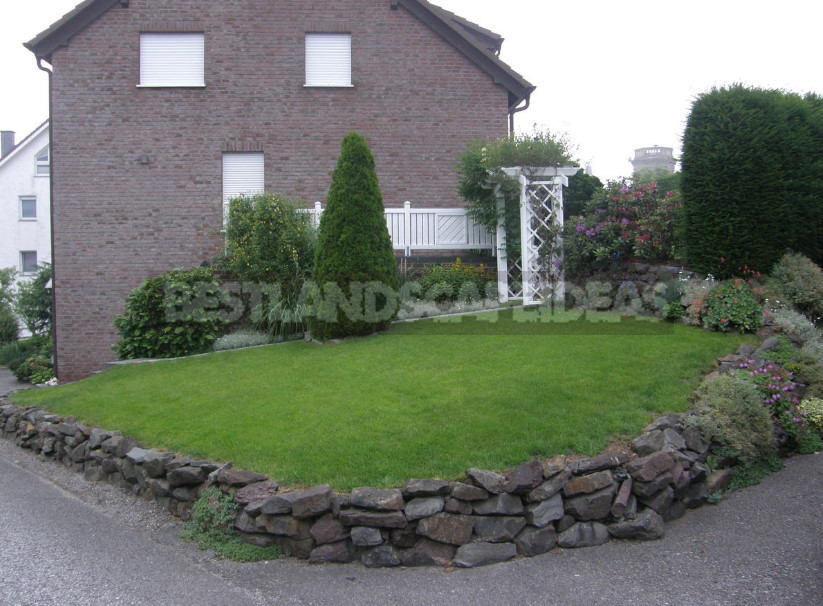
The desire to have more free time due to and affection for coniferous and deciduous and evergreen trees and shrubs, decorative year-round and do not require special care and once planted and you can safely relax all four seasons. Rarely engaged in the cultivation of annuals from seedling-seedlings worth a penny, purchased as necessary, and the plants are discarded immediately after the loss of decorative.
One of the main elements of the garden is a recreation area with a mandatory barbecue (meat in all its manifestations-traditional German food) – an American version of barbecue, around which the whole family gathers every weekend. You may ask, but how does it fit with lawn mowing and plucking Viola tricolor? Yes, order-above all, and then already barbecue. Besides, a little work in the garden is also a pleasure.
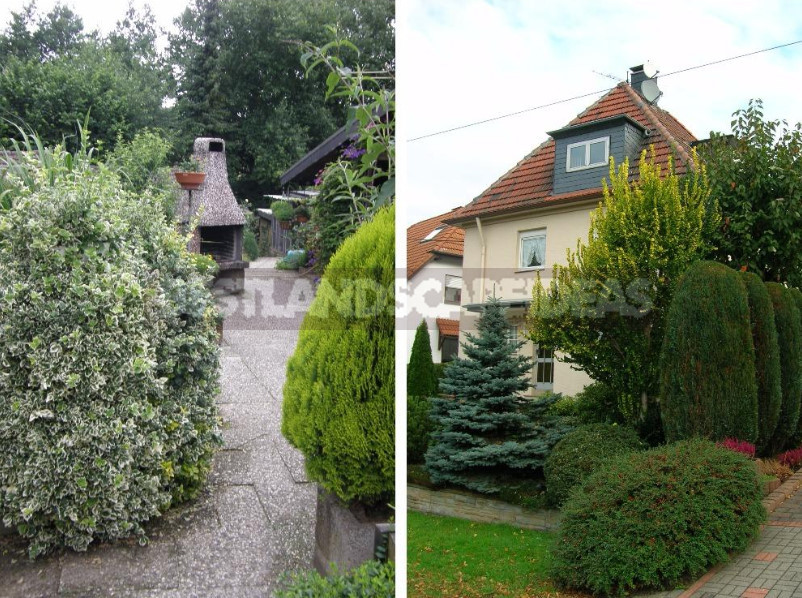
The need to show a certain level of prosperity and to be at least as good as the neighbors is another characteristic feature of Germany. It is usually reflected in the design of the entrance area – deliberately for show, for a casual observer from the road. This pseudo-openness, flowering plants (usually Hydrangea, roses, Clematis), architectural cereals, Yucca are designed to create an impression of stability and prosperity, and perform the same role as the photo with a snow-white smile in thirty-two teeth on the summary of an ordinary German.
Seasonal change of container landings and decorations at the entrance and on the balcony often turns into a competition between neighbors – who have brighter, more interesting, more beautiful. The reason for the change of scenery are not only holidays (Christmas, Easter), but also just, for example, the beginning of autumn.
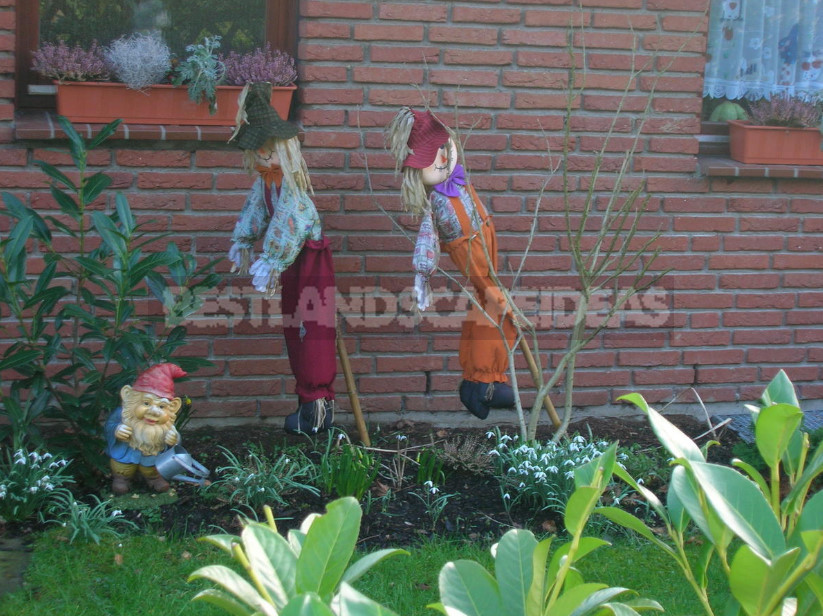
For all the friendliness and seeming openness of the Germans in the city gardens (or in dense buildings) very clearly marked the boundaries of public and personal. This is manifested not only in the lowered blinds on the evening Windows, but also in the presence of a strictly defined personal area in the garden, which is allowed access only to close people. If there is a plot behind the house, it is usually hidden from neighbors by high dense hedges. In villages where the houses are more sparse and there are many beautiful scenery, the owners can afford to use the beautiful landscape views in the garden structure without fear of “getting under surveillance”.
Germans are more natural engineers and architects than gardeners. Germany is famous for its beautiful landscaped parks, stunning urban landscaping and creative water features. In private gardens and public parks you can see a lot of compositions, successful both from an architectural and coloristic point of view.
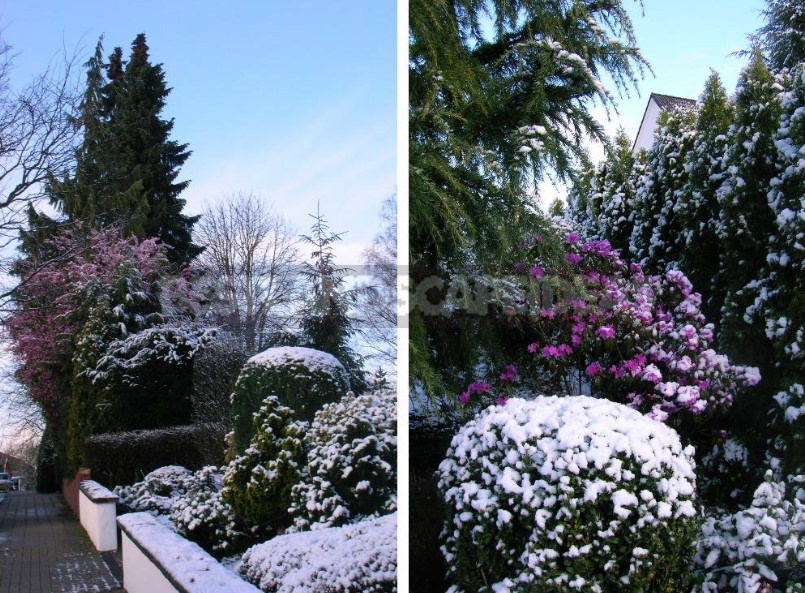
But at the same time the Germans, unlike the British, is completely absent Botanical interest: what is the difference, what is the name of this variety, the main thing that it looks like it should. Therefore, very often in garden shops you can see, for example, roses with the label “hybrid tea rose” and a photo of a flower, without specifying the variety. Here, every designer himself, so professionally made small gardens in Germany-a rarity.
Love for the small Motherland and its history is reflected in private gardens. In the former coal-mining regions of the North Rhine-Westphalia, for example, you can often find a worn-out mine trolley, adapted to the flower garden. It looks touching, if not fabulous.
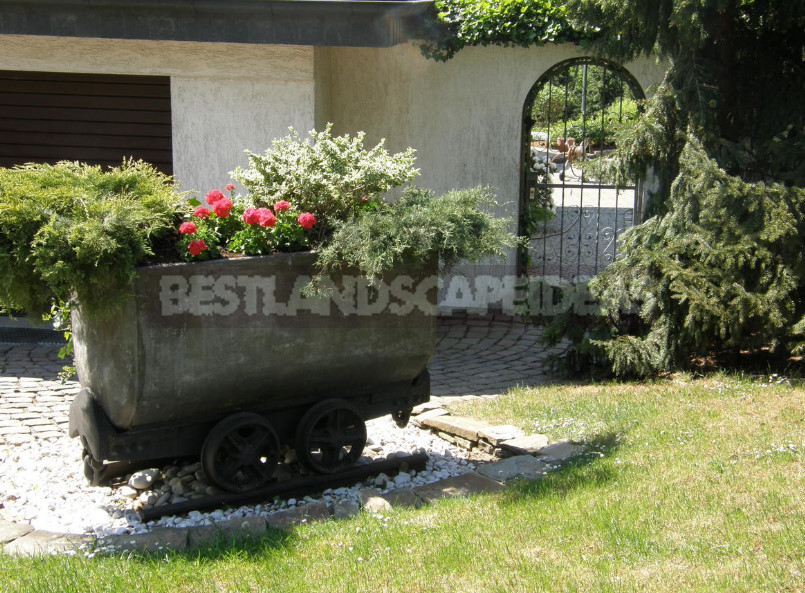
By the way, about fairy tales – in Germany invented garden gnomes and generously placed their figures in their gardens. Sometimes they look to the place, sometimes it is obvious kitsch, but it is precisely clear – it is typical German way of decoration of a garden. Gnomes Germans are usually not limited, and garden centers sell dozens of options for plastic ducks for the pond, cats and dogs for the garden and garden sculptures of various materials. I do not presume to condemn the Germans for such a love of scenery, but, in my opinion, in their gardens there is a clear overabundance of small architectural forms.
Giving in German
The people of Germany – the people are hardworking and down to earth, because such activities helps you to relax and enjoy the nature from your home or office exclusively for your pleasure. Many city dwellers with green spaces on the balcony only, rent “cottages” – plots of one to two acres, suitable for building, usually along the railroad tracks, just enough to gardening in weekend.
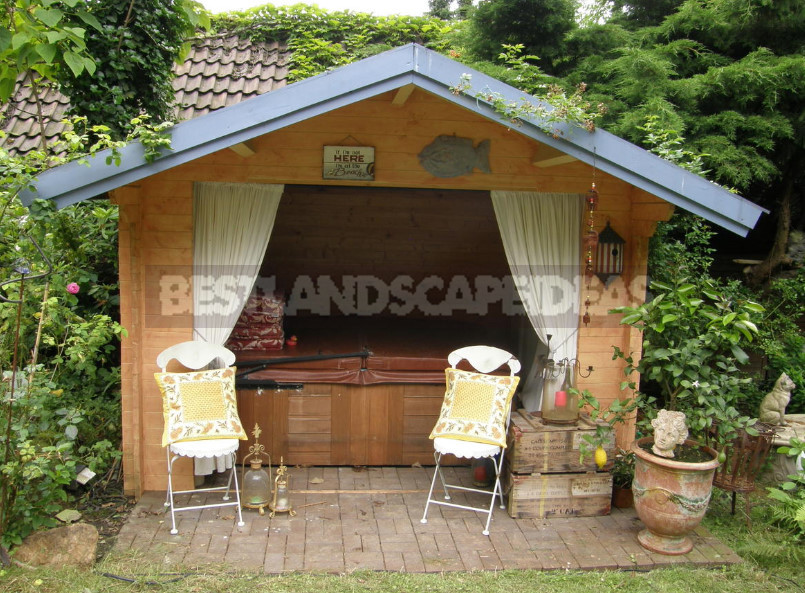
It’s amazing how these German cottages are miniature and well-groomed. Garden, shed, sun, air and good beer – one of the German recipes of happiness, and this is confirmed by statistics. Societies of summer residents grow from year to year, and the average age of their participants from the mid-nineties “younger” by ten years.
Directions of development of the modern German garden
Having traveled across Germany, I came to the conclusion that now a private German garden is developing in three main directions.
The first, and the most numerous-is a typical Americanized cottage garden, where lawn and barbecue play a dominant role. Now it is the most popular among the middle class.
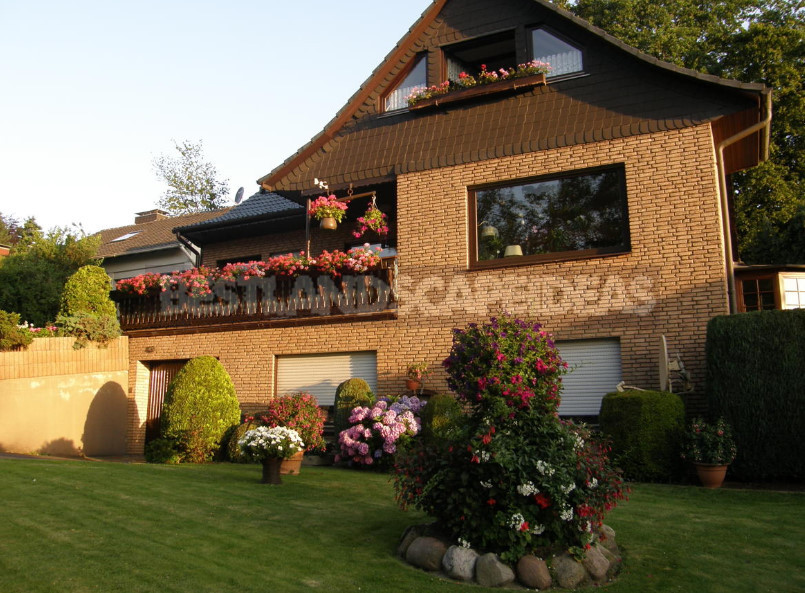
The second way-exclusive theme gardens that reflect the Hobbies of the owners. For example, Oriental (Japanese, Chinese or rattling mixture of both), antique (when the garden focuses on small architectural forms in the form of old things and cute rusty pieces of iron), bonsai garden or Mediterranean. This path will always exist, but will never take a leading position and will not become a national garden idea.
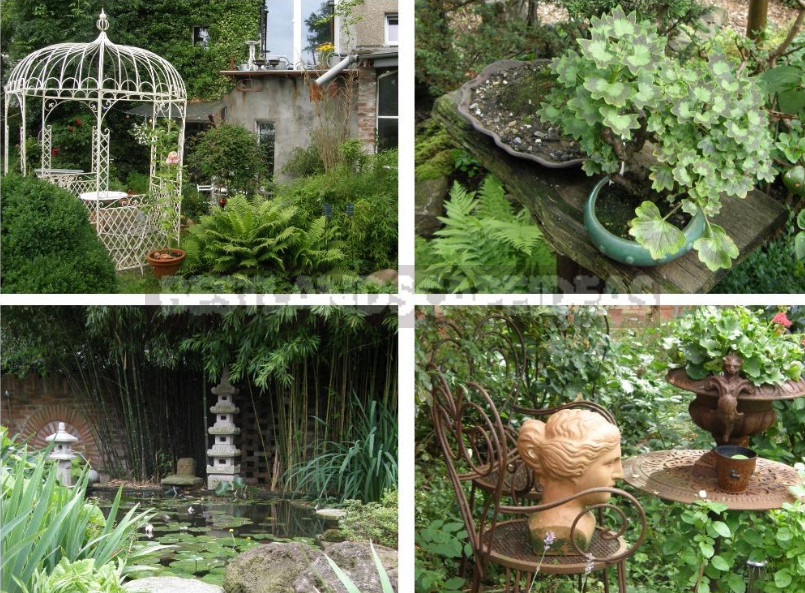
I would venture to suggest that, most likely, the German garden will tread at a crossroads and choose its new style of the third option – ecological garden. In recent years, the Germans are paying more and more attention to the environment, ranging from sorting waste, the use of solar and wind energy, extremely strict standards for exhaust gases and ending with the support at the government level of the National garden exhibition, the main idea of which is the sanitation and reclamation of lands subjected to environmental disaster. Thus, in 2007, the former uranium mine in Ronneburg was revived from the ashes of the blooming valley.
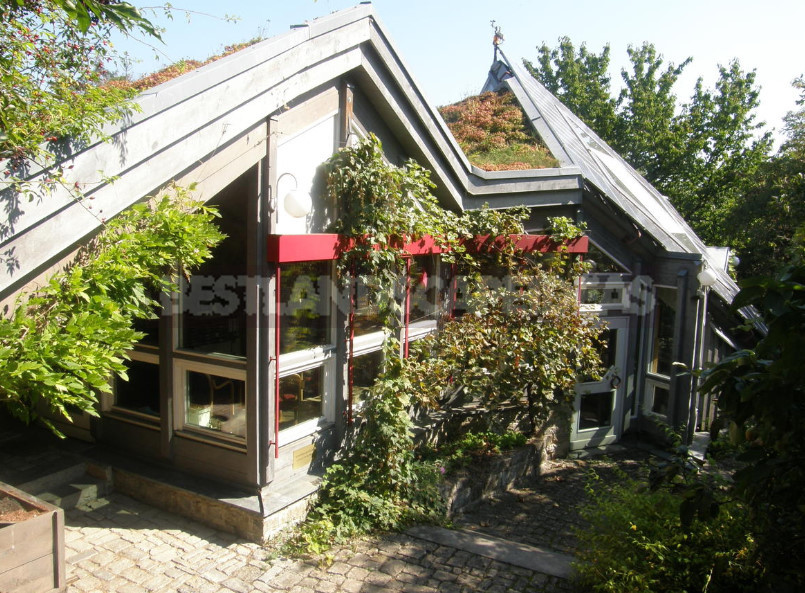
Already now in private German gardens slowly, but surely there are qualitative changes on the basis of an ecological approach: beginning from a house design, use of energy of solar batteries and vertical gardening, universal distribution of composting and mulching and saving of rain water, and finishing with gardening of roofs, planning of special landings and feeders with drinkers for attraction of birds and insects.
Naturgarten as a style created on the basis of planning flower beds to meet the environmental requirements of plants, is now rare. It remained in historical gardens and parks, in the few gardens of enthusiasts, but a new round of it is already visible in ecological gardens. There are more green roofs, honey plants and living creatures in the garden, more cereals, more eco-friendly solutions in the design. And I think this is a good reference point for a good garden.
